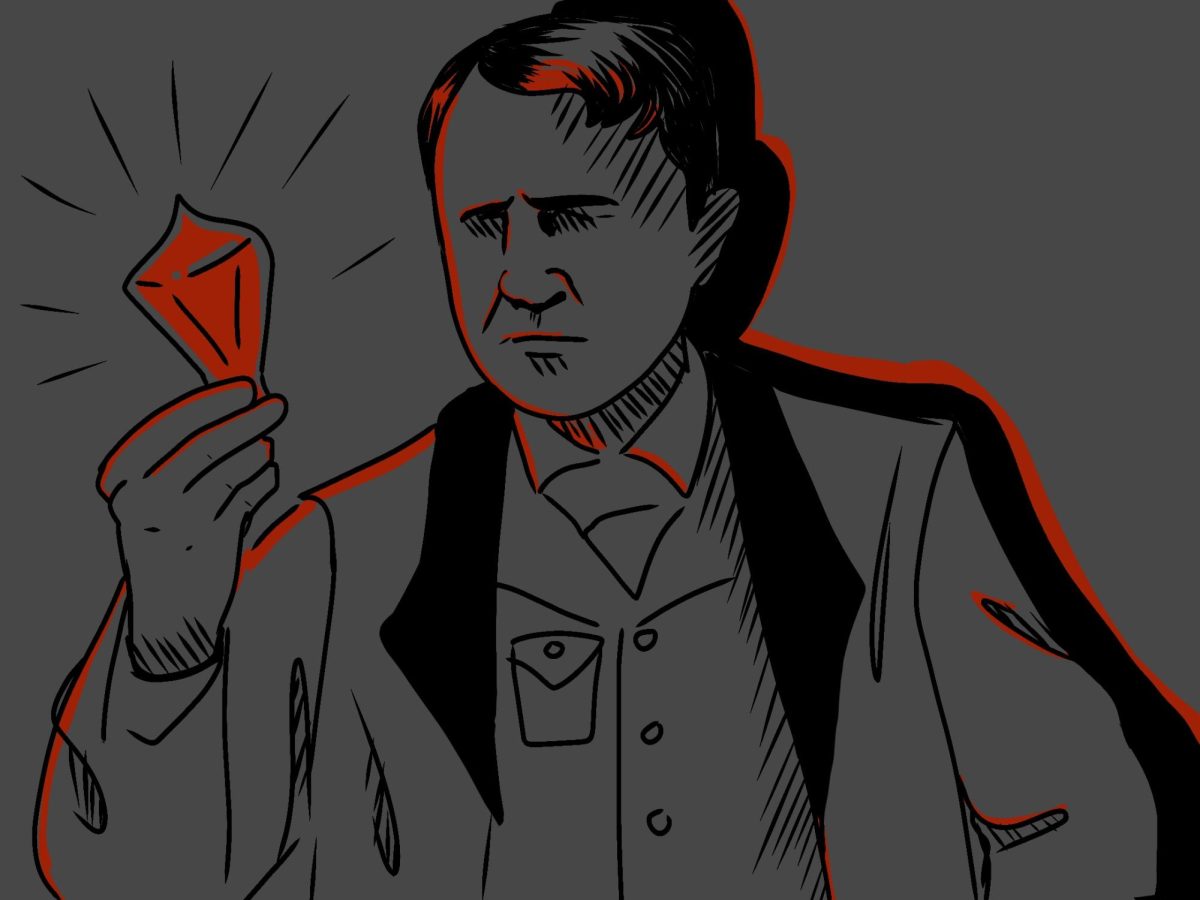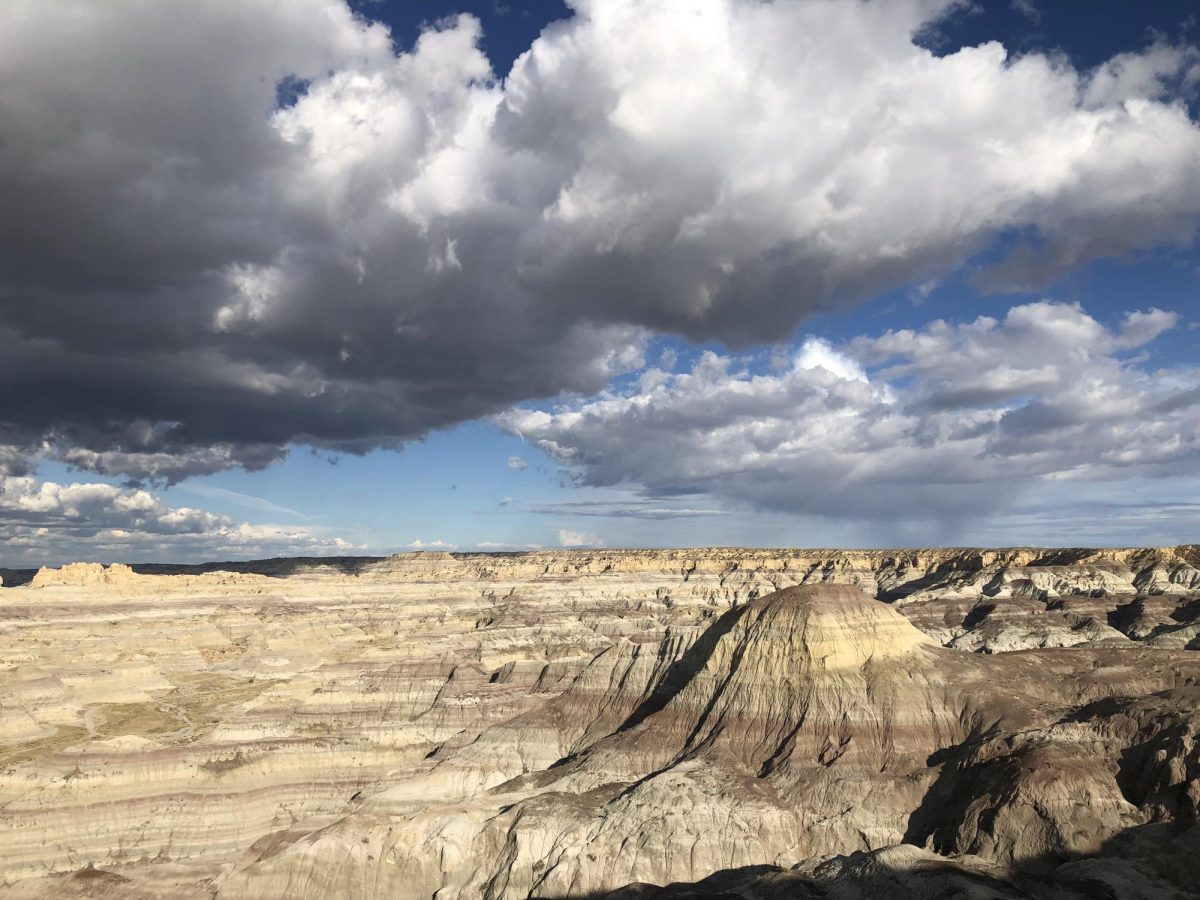It was he who harnessed the power of direct current electricity in the incandescent lightbulb, he who invented the phonograph and is credited with inventing the motion picture camera, and he who acquired 1,093 patents – a herculean feat.
Thomas Edison, born in 1847, is commonly revered as an American genius whose scientific contributions helped to catapult the world into the second industrial revolution. And yet, the lesser known reality is that beneath the benevolence and brilliance of this man-become-god, there lay vices and near-sadistic abuses of power.
Edison, though certainly intelligent and most definitely responsible for many inventions, was a businessman before all else. (The tycoon J. P. Morgan was among his allies.) And businessmen, after all, are skilled at both achieving their ends through shrewd means and carefully curating their own reputations.
To begin with, Edison didn’t invent the lightbulb. He did perfect it by introducing carbon filaments into the design, but the original electric light was created in England 77 years earlier, in 1802, by a man named Humphrey Davy. Nor did Edison, the revered genius, invent the motion picture camera. Rather, Louis Le Prince completed this feat, making the first motion picture in 1888, in France.
Yet Edison’s reputation merely begins with dishonesty; it quickly devolves into a much more cold-hearted corruption of genius. And it all stemmed from an attempt by Edison to best his former apprentice, the young Nikola Tesla, who was very much a genius in his own right.
Tesla had chosen to experiment with alternating current (AC) electricity, while the elder Edison preferred direct current (DC). Edison subsequently cast out his apprentice from what would become the General Electric corporation, thereby forcing Tesla into work at the opposing Westinghouse electric company. Thus was the rivalry famously known as the War of the Currents born, as Edison endeavored to ruin the innovations and reputations of both Tesla and Westinghouse, without a care in the world as to the many lives lost along the way.
The barbarity began with a dog and 300 volts of AC. Its death was swift, yet most likely agonizing. Edison’s goal was to somehow prove that his DC was safer than his rivals’ AC. The truth, of course, is that neither AC nor DC are safe to be pumped through the very fiber of a living being for electricity is by its nature unsafe, no matter the type of current. Edison was nonetheless determined to disparage the product of his adversary, to “prove” the danger of AC and the safety of DC, at the expense of an animal’s life.
More pets came and went, though they left as electrified corpses, in a twisted sort of reverse Frankenstein scenario, through Edison’s hands and his company. It is rumored that once the local shelters ran out of innocent victims, Edison and/or his company paid local children a meager sum for their beloved pets..
Then there was Topsy, a circus elephant who, after spending much of her life in the abusive world of a late 19th century circus, was condemned to execution after being deemed unpredictable in demeanor. Edison, at the behest of Topsy’s masters, electrocuted her as well in the War of the Currents. Thus Topsy fell, first to her knees and then as a corpse, before a crowd of astonished onlookers.
Topsy, however, was not the most shocking victim of Edison. That title goes to the first man – that’s right, a man – executed by means of electric chair. Edison insisted, much to the chagrin of Westinghouse, who foresaw the horrors to come, that the up and coming electric chair should be built with AC, not his “much safer” DC. This was, on Edison’s part, another effort to slight the reputation of his rivals by creating an association between death and AC.
The man’s name was William Kemmler, a convicted murderer. He had been sentenced to die on August 6, 1890, by means of electrocution through the electric chair. As lethal levels of electricity were pumped through his veins, the man, who was expected to have died almost instantly, screamed. More rounds of electric current were administered, enough to cause an eruption of flame and blood, until eight minutes later, the deed was done.
In the end, it was Tesla who bested Edison in the War of the Currents, as it was he and Westinghouse who lit the 1893 Chicago World’s Fair and who secured the rights to supply a large portion of the United States with electric lights and power. Moreover, while DC is utilized today for many commercial items, including LEDs, solar cells, and computers, AC has emerged victorious as the current that powers almost solely our modern electric grid. The inhumanity of Edison, of the man so revered by modern society, was arguably all for naught.








